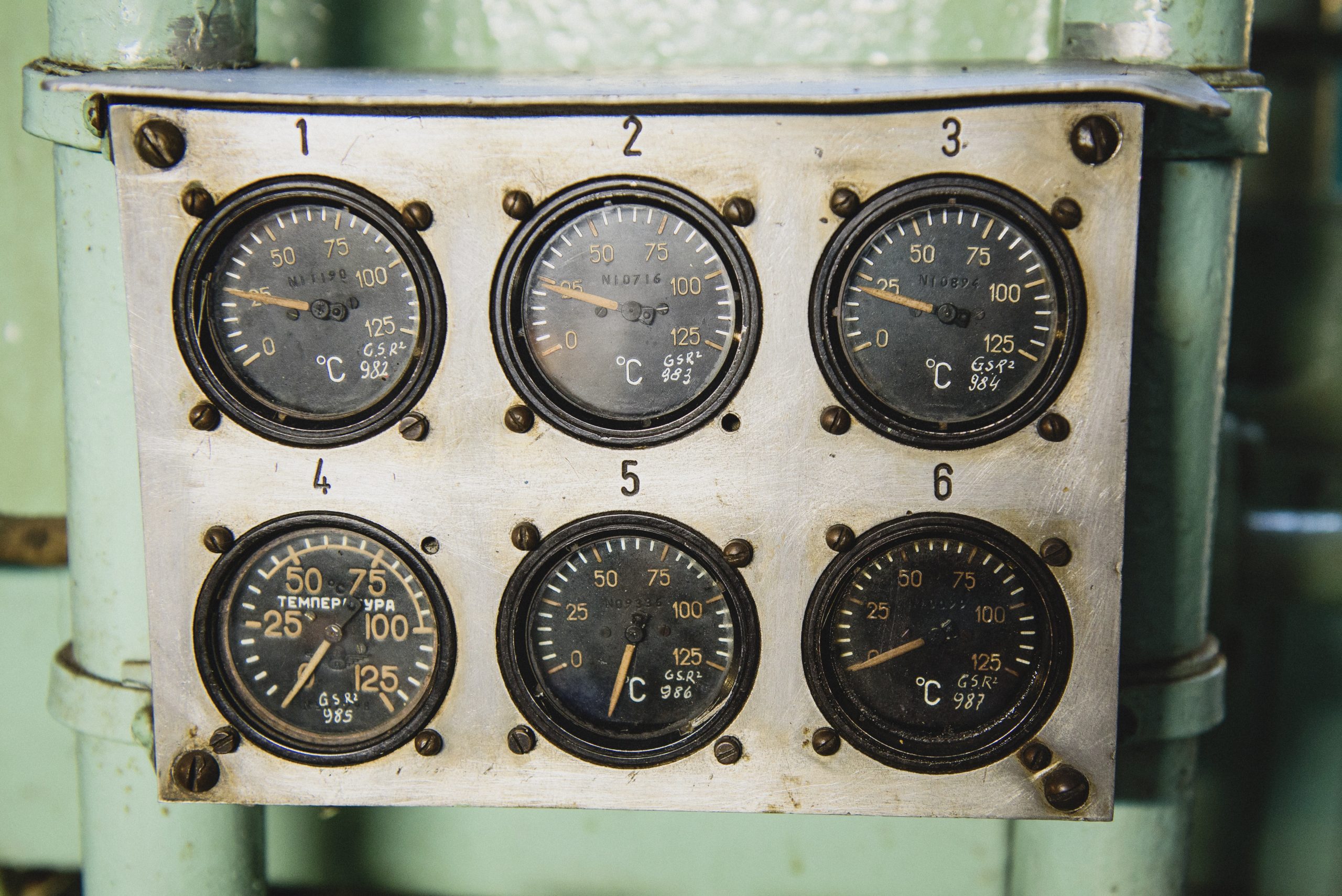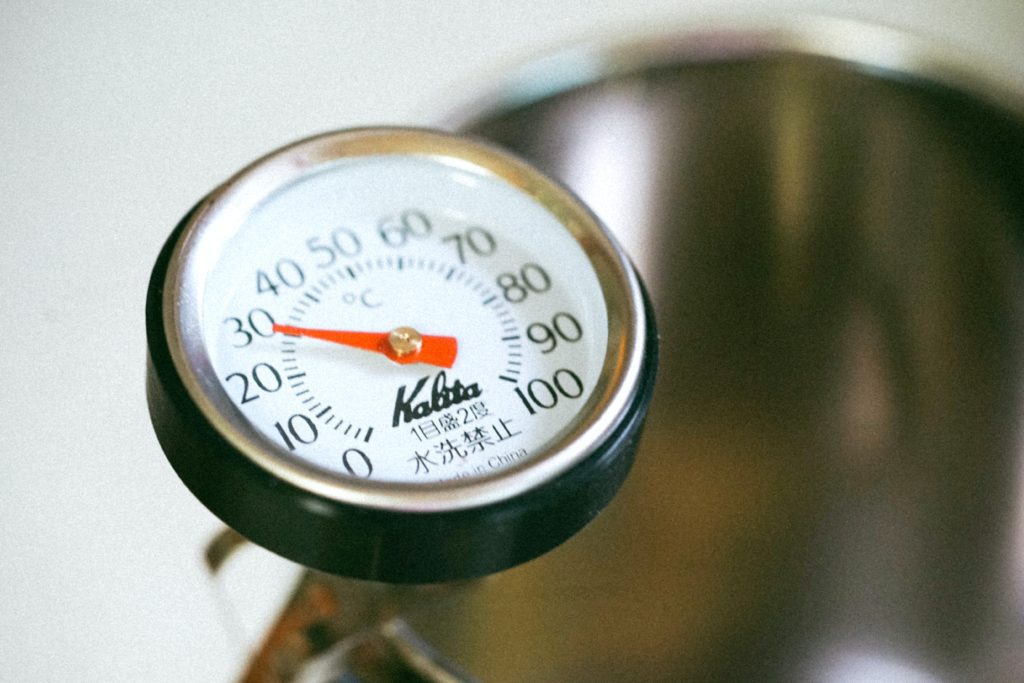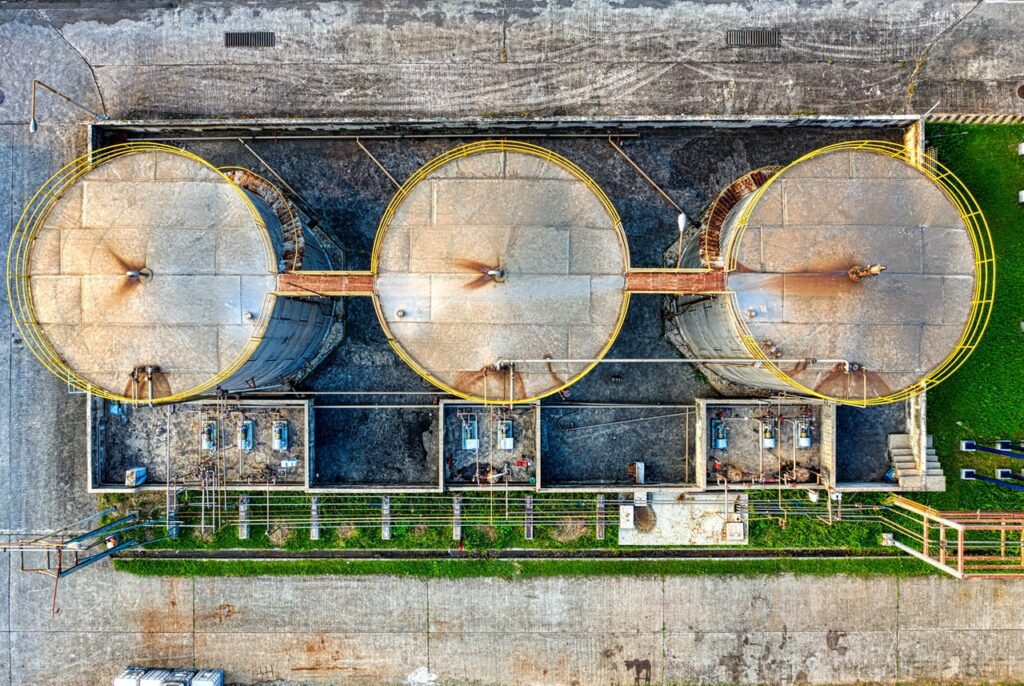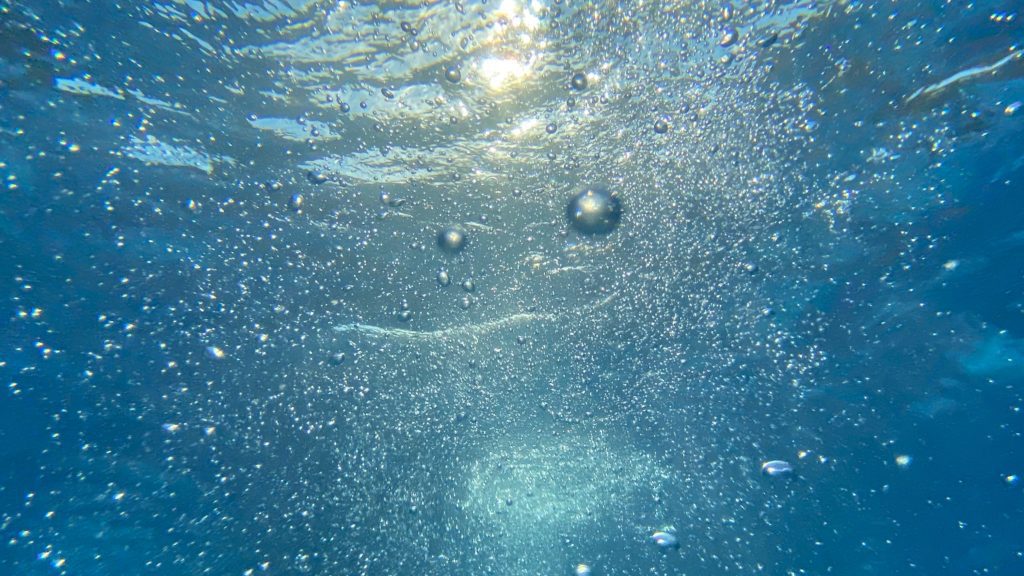02/15/2022 | Industrial Water Treatment | 8 MINUTE READ
Managing the impact of Temperature with Water Quality Sensors

Industrial applications of all types require filtered water that’s effectively free of contaminants. If the water contains high mineral levels, scale buildup could occur in piping and equipment, which often worsens system efficiency. Many industrial processes will also result in the creation of wastewater, which must be treated before it can be reused or sent into the environment.
While there are many factors that determine how the quality of water will be impacted, a major factor is temperature. When temperature changes occur, the environment, local ecosystem, and water chemistry can all be affected in some way. It’s also possible for changes in water temperature to dictate dissolved oxygen levels in the sample of water.
Because most organisms in a body of water require dissolved oxygen to survive, measuring DO levels is highly recommended if you want to be certain that the water quality is good enough. There are several sensors you can use to measure DO levels, the primary of which include galvanic DO sensors and optical DO sensors. If you would like to measure other aspects of water quality, there are a wide range of different sensors to select from, which include everything from pH sensors to conductivity sensors.
The sensor that’s right for you largely depends on the application it’s being used for. Different sensors provide different measurements. For instance, a pH sensor will tell you if a sample of water is acidic or alkaline, which can help you identify which treatments should be used to rid the water of contaminants. This article offers some suggestions and guidelines on how to monitor and manage the impact that temperature has on water quality.

The Impact of Temperature on Water Quality
Temperature is a highly important factor in water quality since temperature changes can cause alterations to occur with the chemical and physical properties of water. In many cases, water temperature must be taken into account when identifying:
- Current pH levels
- Water density
- Photosynthesis production and metabolic rates
- Salinity and conductivity
- Dissolved oxygen concentrations
- Compound toxicity
- Oxidation reduction potential
When temperature changes take place, biological growth and activity are influenced substantially. The temperature of water determines what types of organisms are able to live in lakes and rivers. Insects, fish, phytoplankton, and a wide range of additional aquatic species have their own preferred temperature range, which is why certain species of fish can only be found in warmer waters. In the event that water temperature decreases or increases past the preferred range, certain species of fish will either swim to better waters or die off.
Temperature can also change water chemistry in many ways. The amount of chemical reactions that occur in water will increase as the temperature rises. When it comes to groundwater and surface water, higher temperatures usually result in more minerals being dissolved, which means that the electrical conductivity of water will be higher.
It’s important to monitor the temperature of water because of what temperature changes can do to water chemistry. If you work in an industrial facility, the water usually needs to be at a high quality for various industrial processes to be performed correctly. If temperature changes cause a reduction in water quality and an increase in contaminants, the industrial processes may be damaged in some way.
If you forget to manage water temperature, the water quality could dip further than you anticipated. Let’s say that you want to drink hot water from the tap in your home. In this scenario, high water temperatures could lead to the plumbing in your home becoming corroded. Higher levels of corrosion indicate that the water contains more contaminants than normal, which may make it unsafe to drink unless filtered.

Temperature Impact in Industrial Applications
There are many reasons why industries must monitor and manage water temperature for some of the applications they perform. As mentioned previously, water treatment depends on a certain temperature range to be as effective as possible. Water treatment plants make use of beneficial bacteria to rid wastewater of contaminants.
The ideal temperature range for the helpful bacteria to survive is 68-95 degrees Fahrenheit. If water temperatures dip below this range, the bacteria can still assist with treating the water. However, the rate of treatment will slow down. When the temperatures rise above this range, the bacteria can be destroyed altogether, which means that the treatment won’t remove contaminants from the wastewater as intended.
Making sure that industrial water is cooled is also essential for a wide range of additional applications. For instance, the thermo-electric power industry that’s responsible for producing electricity can only function with the use of industrial cooling. Within the thermo-electric power industry, water is mainly used to cool down any power-producing equipment that’s being used.
While water can cool this equipment, the heat that radiates from the equipment will heat up the water. It’s important to understand that water can’t be released into the environment if the temperatures are too high, which means that it will need to be cooled after being used. It’s possible to cool this water with cooling towers.
In the food and beverage industry, chilled water systems are essential to ensure that production rates are high enough. In fact, the largest manufacturing sector that uses chilled water systems is the food and beverage industry. An example of cold water being used in this industry is in the production of soft drinks. The carbonation process that results in soda having fizz depends on carbon dioxide. Before soda is packaged, it’s injected with carbon dioxide. If the product hasn’t been properly chilled, the carbon dioxide will eventually boil off, which will cause the soda to froth.
Another industry that requires strict control of water temperature is hydroponics, which involves growing plants in a nutrient-rich solution as opposed to soil. This solution is mainly comprised of water. In order for plants in a hydroponics system to grow, it’s important that the correct water temperature is maintained. Plants are able to thrive when water temperatures are kept between 65-80 degrees Fahrenheit.

Temperature Effects on Aquatic Life
Water temperature can also affect aquatic life in a number of ways. Whether fish are being kept in tanks or exist in nature, the water temperature must be kept within a specific range for species of fish to survive and thrive. Each species has a different temperature range that they are comfortable with.
Water temperature is known to affect the biological activity and metabolic rates of various aquatic organisms. Many aquatic plants are known to flourish in relatively warm water. On the other hand, fish species like salmon and trout require cooler temperatures. When looking specifically at metabolic rate, a sizable increase in water temperature can effectively double the metabolic rate, which some species of fish are unable to handle.
Higher water temperatures can also induce elevated respiration rates, which means that fish will consume more dissolved oxygen. If respiration rates remain elevated for an extended period of time, dissolved oxygen levels could decrease to dangerous levels.

Effects of Temperature and Dissolved Oxygen
The effects of temperature on dissolved oxygen content in water are clear. The solubility of this gas decreases when the temperature of the water increases. As such, colder streams and lakes are capable of holding higher levels of dissolved oxygen when compared to warm water. In fact, dissolved oxygen levels can become practically depleted if the water temperatures are too high.
Effects of Temperature and Conductivity
There are two ways that water temperature is able to affect conductivity. The ionic mobility in water depends on the viscosity of the solution. Viscosity is itself dependent on temperature. Keep in mind that viscosity is the ability that liquid has to resist flow. If water is highly viscous, it will be less fluid. Molasses and syrup are both considered to be more viscous than water.
An increase in water temperature decreases overall viscosity. When this occurs, ions in the water become much more mobile, which means that conductivity will be higher. An increase of five degrees Fahrenheit in water temperature equates to an increase of 2-3% in conductivity. The second way that conductivity is affected involves ionic concentration. Salts readily dissolve at higher temperatures. When this takes places, ions are sent into the water, which increases ionic concentration. Higher ionic concentration equals more conductivity.

Using Water Quality Sensors to Manage Water Temperature
If you want to make sure that your water temperature is managed and properly maintained, it’s highly recommended that you start using water quality sensors as well as water temperature sensors. Whether you use a conductivity sensor or dissolved oxygen sensor, the readings you obtain from these measurements can help you manage the negative impacts of temperatures that are too hot or too cold. With a water temperature sensor, you can make sure that any changes in temperature are detected and quickly remedied before the effects become too severe.
Posted by Dominic O'Donnell on February 15, 2022
Sensorex is a global leader in the design and manufacture of quality sensors for water quality and process applications. The company offers more than 2000 sensor packages for pH, ORP, conductivity, dissolved oxygen, free chlorine, chlorine dioxide, UV transmittance and other specialty measurements, as well as a full line of sensor accessories and transmitters. Its expert technical support engineers solve analytical sensor challenges with custom designs and off the shelf products.




